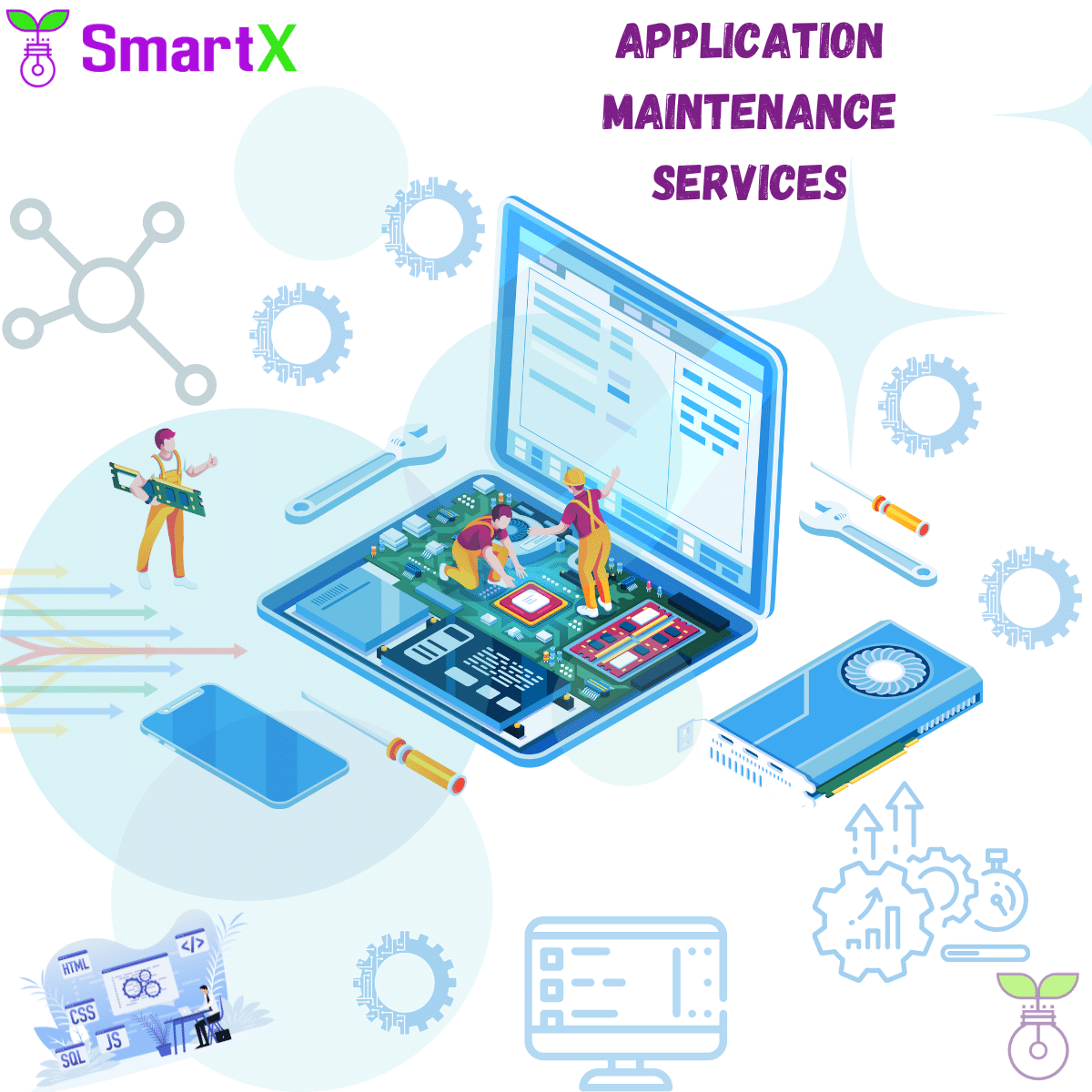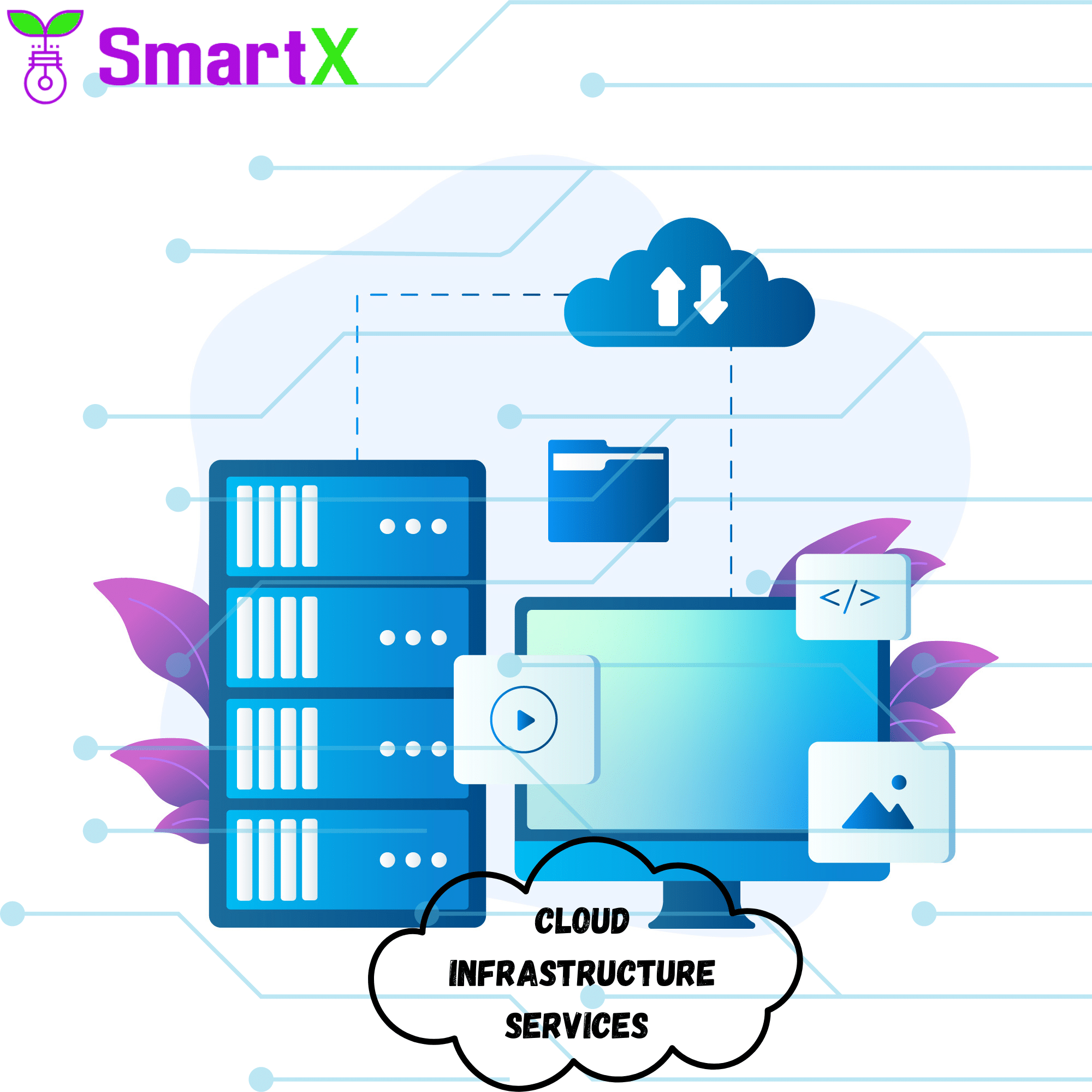Staying Ahead of the Curve: How Application Maintenance Services Can Help Your great Business Evolve - 2023

Welcome to our latest blog post! Today, we are going to talk about staying ahead in the current digital age. In this fast-paced world, businesses need to continually evolve and adapt to remain relevant. But how can they do this when constantly being bogged down by application maintenance issues? Fear not! We have a solution: application maintenance services. These services provide much-needed support and ensure your business stays on top of its game. Let’s delve deeper into how these services can help you evolve and stay ahead of the curve.
Introduction
In a rapidly changing world, it’s more important than ever for businesses to stay ahead of the curve. After all, the companies that are able to adapt and evolve are the ones that will thrive in the long run. But in order to stay ahead of the competition, you need to have a well-functioning business—and that means having strong, up-to-date systems and application maintenance services in place.
That’s where application maintenance services come in. These services can help you keep your systems running smoothly and efficiently, while also making sure they are always up-to-date with the latest technology. In other words, they can help you evolve your business so that you can stay ahead of the competition.
There are a number of different application maintenance services out there, but some of the most common include monitoring and managing system performance, patch management, and incident management. These services can be provided by an external company or an internal IT team, but either way, they can be a valuable asset for any business that wants to stay ahead of the curve.
What Are Application Maintenance Services?
Application maintenance services are crucial for any business that relies on software applications to run its operations smoothly. IT service providers offer these services to ensure that businesses keep up with the ever-changing technology landscape and maintain the health of their applications. These services encompass a range of tasks, including managing updates, fixing bugs, ensuring security, and monitoring performance.
Outsourcing these services to IT service providers can save businesses a significant amount of time and money. IT service providers have the expertise to efficiently manage and maintain applications, allowing businesses to focus on their core competencies. They also have access to the latest tools and technologies needed to keep applications up-to-date and running optimally.
Patch management is an essential aspect of application maintenance services, as it involves installing and testing software updates and patches to ensure that the application remains stable and secure. Security updates are also critical, as they protect the application from potential cyber threats and vulnerabilities. Performance monitoring helps identify and resolve issues that may arise, such as slow performance or application crashes.
Benefits of Application Maintenance Services
Application maintenance services are essential for businesses that want to stay competitive and evolve with the latest technology. These services provide numerous benefits to businesses, including keeping applications up-to-date with the latest security patches and software updates. By doing so, businesses can safeguard against the latest threats and vulnerabilities, keeping their systems secure and protected from cyber-attacks.
Application maintenance services also help improve application performance, identifying and fixing issues that cause slowdowns or crashes. This ensures that applications are always running smoothly, avoiding costly downtime and lost productivity. By addressing these issues proactively, businesses can save time and money in the long run by avoiding expensive repairs or troubleshooting efforts.
Moreover, application maintenance services can help businesses prepare for future changes and new opportunities. These services can help update applications to work with new software or hardware platforms, allowing businesses to take advantage of the latest technology advancements. By staying ahead of the competition and keeping up with the latest technology, businesses can continue to grow and succeed.
Critical Components for a Successful Application Maintenance Program
An effective application maintenance program should address the following critical components:
- Service Level Agreement (SLA): A Service Level Agreement (SLA) is an essential component of any application maintenance program, as it outlines the expectations and scope of services to be provided. A well-defined SLA helps set clear expectations with customers, ensuring that both parties are on the same page regarding the services being provided. It can also help prevent scope creep, where the project grows beyond its original boundaries, potentially leading to budget overruns or project delays.
A comprehensive SLA should clearly define the services to be provided, including the scope of work, timelines, and deliverables. It should also outline the responsibilities of both the service provider and the customer, including any requirements or expectations for the customer to provide access or information needed for the maintenance services.
Moreover, an SLA should include performance metrics and standards to be met, such as response times or uptime requirements. This allows both parties to track the progress of the project and ensures that the service provider meets the expected level of service.
- Issue Management: Issue management is a crucial aspect of any application maintenance program, as it involves tracking, prioritizing, and resolving issues reported by users. Having a well-defined process in place for issue management can help ensure that issues are addressed in a timely and efficient manner, minimizing the impact on users and the business.
To effectively manage issues, businesses should have a clear process for reporting issues and a system for tracking and prioritizing them. This can involve using a ticketing system or other software tools to log and manage issues, ensuring that each issue is assigned to the appropriate team member and given the appropriate priority level.
Prioritizing issues is essential to ensure that critical issues are addressed first, minimizing the impact on users and the business. Businesses can prioritize issues based on factors such as the severity of the issue, the number of users affected, and the impact on business operations. This ensures that the most critical issues are resolved as quickly as possible, while less critical issues are addressed in a timely manner.
Moreover, businesses should have a clear process in place for resolving issues, including testing and validating fixes before deploying them to production. This helps ensure that issues are resolved effectively and without causing additional problems.
- Change Management: Change management is a crucial component of any application maintenance program, as it involves managing changes to the application code base and configuration in a controlled manner. By implementing a structured process for managing changes, businesses can minimize the risk of introducing new bugs or causing unexpected behavior changes.
To effectively manage changes, businesses should have a clear process in place for requesting, reviewing, and approving changes. This can involve using a change management system or other software tools to log and manage change requests, ensuring that each change is thoroughly reviewed and approved before being implemented.
Change management should also include testing and validation procedures to ensure that changes do not introduce new bugs or cause unexpected behavior changes. This can involve conducting unit tests, integration tests, and user acceptance tests to validate the changes and ensure that they do not impact the functionality of the application.
Moreover, businesses should have a clear rollback plan in place in case changes cause unexpected issues or do not function as expected. This helps ensure that the application can be quickly returned to a stable state in the event of an issue or unexpected behavior.
- Release Management: Release management is a crucial component of any application maintenance program, as it involves managing application releases in a way that minimizes downtime and disruption to users. By implementing a structured process for managing releases, businesses can ensure that new features and improvements are rolled out smoothly and efficiently.
To effectively manage releases, businesses should have a clear process in place for planning, testing, and deploying releases. This can involve using a release management system or other software tools to log and manage release requests, ensuring that each release is thoroughly tested and validated before being deployed.
Release management should also include planning for backward compatibility to ensure that existing functionality is not impacted by new releases. This can involve conducting regression testing and ensuring that new features and improvements do not cause unexpected behavior changes.
Moreover, businesses should have a clear rollback plan in place in case releases cause unexpected issues or do not function as expected. This helps ensure that the application can be quickly returned to a stable state in the event of an issue or unexpected behavior.
- Documentation: Documentation is a critical component of any application maintenance program, as it helps ensure that all team members have the information, they need to troubleshoot issues or make changes to the codebase. By keeping documentation up-to-date and easily accessible, businesses can reduce the need for guesswork and ensure that everyone is working from the same information.
To effectively manage documentation, businesses should have a clear process in place for creating, reviewing, and updating documentation. This can involve using a document management system or other software tools to ensure that all documentation is stored in a centralized location and easily accessible to all team members.
Documentation should also be kept up-to-date to reflect changes in the codebase or other aspects of the application. This can involve conducting regular reviews of documentation and updating it as necessary to ensure that it accurately reflects the current state of the application.
Moreover, businesses should ensure that documentation is easily accessible to all team members. This can involve providing access to the document management system or other tools to all team members and ensuring that documentation is easy to search and navigate.
How to Choose an Application Maintenance Service Provider
When it comes to choosing an application maintenance service provider, there are a few key factors you’ll want to keep in mind. Here’s a quick guide on how to choose the right provider for your business:
- Experience: Make sure the provider you’re considering has a strong track record of maintaining and evolving applications for businesses like yours. Ask for references from past clients and check out online reviews to get a sense of their quality of work.
- Flexibility: Your business is constantly changing and growing, so you’ll need a provider that can adjust its services accordingly. Make sure they’re able to scale up or down as needed, and that they’re open to changes in scope or timeline.
- Communication: good communication is crucial in any business relationship, but it’s especially important when it comes to something as complex as application maintenance. You need to be confident that your provider will be able to understand your needs and communicate clearly throughout the project.
- Cost: Obviously, you’ll need to consider cost when choosing a service provider. But don’t just go with the cheapest option – make sure they offer value for money by providing experienced staff, flexible services, and clear communication.
Key Considerations for Developing Your Application Maintenance Strategy
As your business grows and changes, so too must your application maintenance strategy. Here are key considerations for developing an effective application maintenance strategy:
- Establish clear objectives and priorities. What are your goals for maintaining your applications? What is most important to your business? Prioritizing your objectives will help you develop a more targeted and efficient maintenance strategy.
- Understand your users’ needs. Your users are the ones who will be interacting with your applications on a daily basis, so it’s important to understand their needs and how they use your applications. This will help you prioritize features and functionality when making updates or changes.
- Evaluate your current infrastructure. Does your current infrastructure support the application workloads? Will it be able to handle future growth? Updating or migrating to a new infrastructure may be necessary to ensure optimal performance and avoid disruptions down the road.
- Make security a priority. In today’s digital world, security concerns are increasing. Make sure your applications are secure by implementing proper authentication, authorization, and encryption mechanisms. Regularly monitor for vulnerabilities and patch promptly as needed.
- Automate where possible. Automation can help improve efficiencies and reduce manual errors in the application maintenance process. Consider automated testing, deployments, and monitoring to streamline operations
Conclusion
Application Maintenance Services provide a range of benefits for businesses looking to remain ahead of the curve. It ensures less downtime, fewer costly repairs, improved system performance, and even upgraded databases that keep up with the latest technological trends. With these resources at your disposal, you can maximize efficiency and growth within your business while streamlining existing processes in order to stay ahead of the competition. Exploring application maintenance services is one surefire way for businesses to ensure their success today as well as for years to come.
Thank you for exploring how application maintenance services can shape the evolution of your business. If you haven’t already, catch up on the foundational facts in our previous post: 5 Facts About Application Maintenance Services. For insights into effective strategies and best practices, refer to Application Maintenance: An In-Depth Look at Strategies and Best Practices. Plus, discover the benefits of keeping your applications running smoothly: Keeping Your Applications Running Smoothly: The Benefits of Application Maintenance Services















